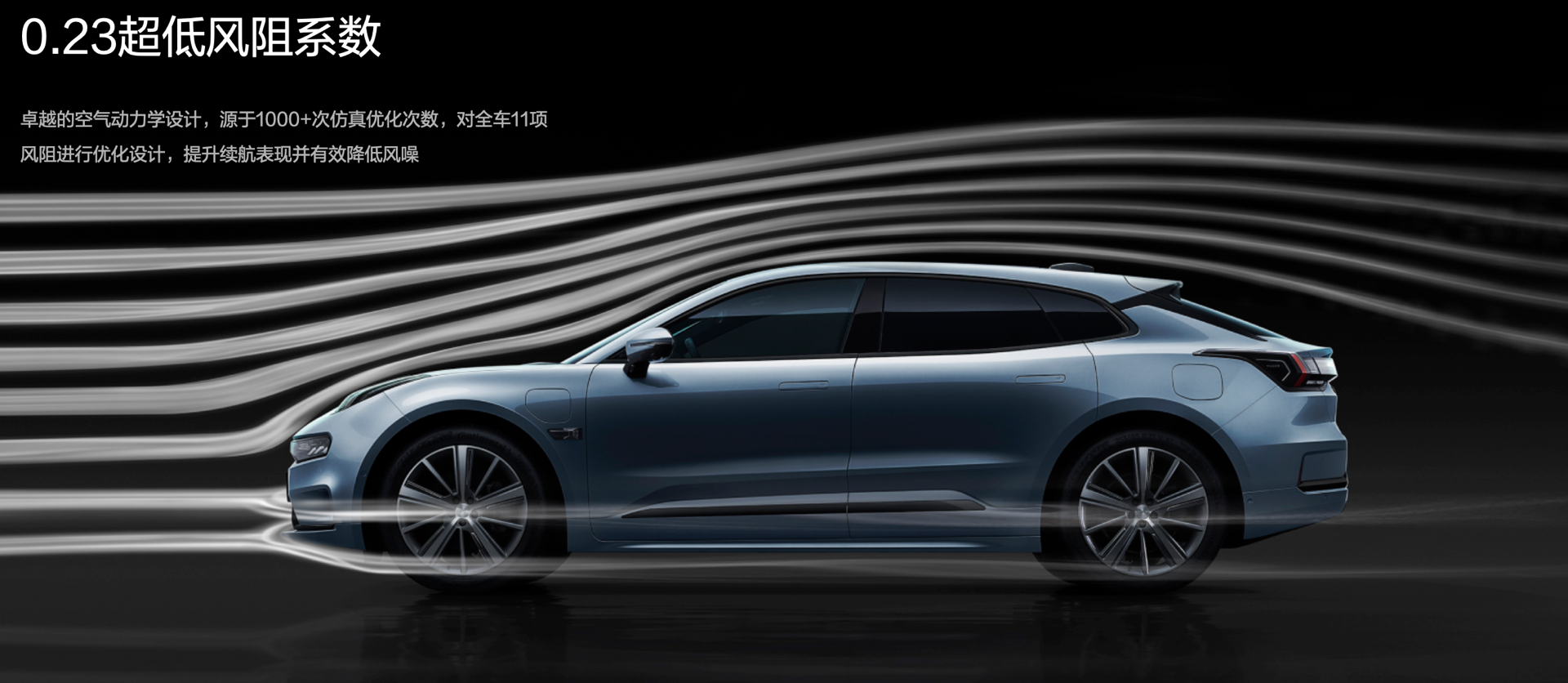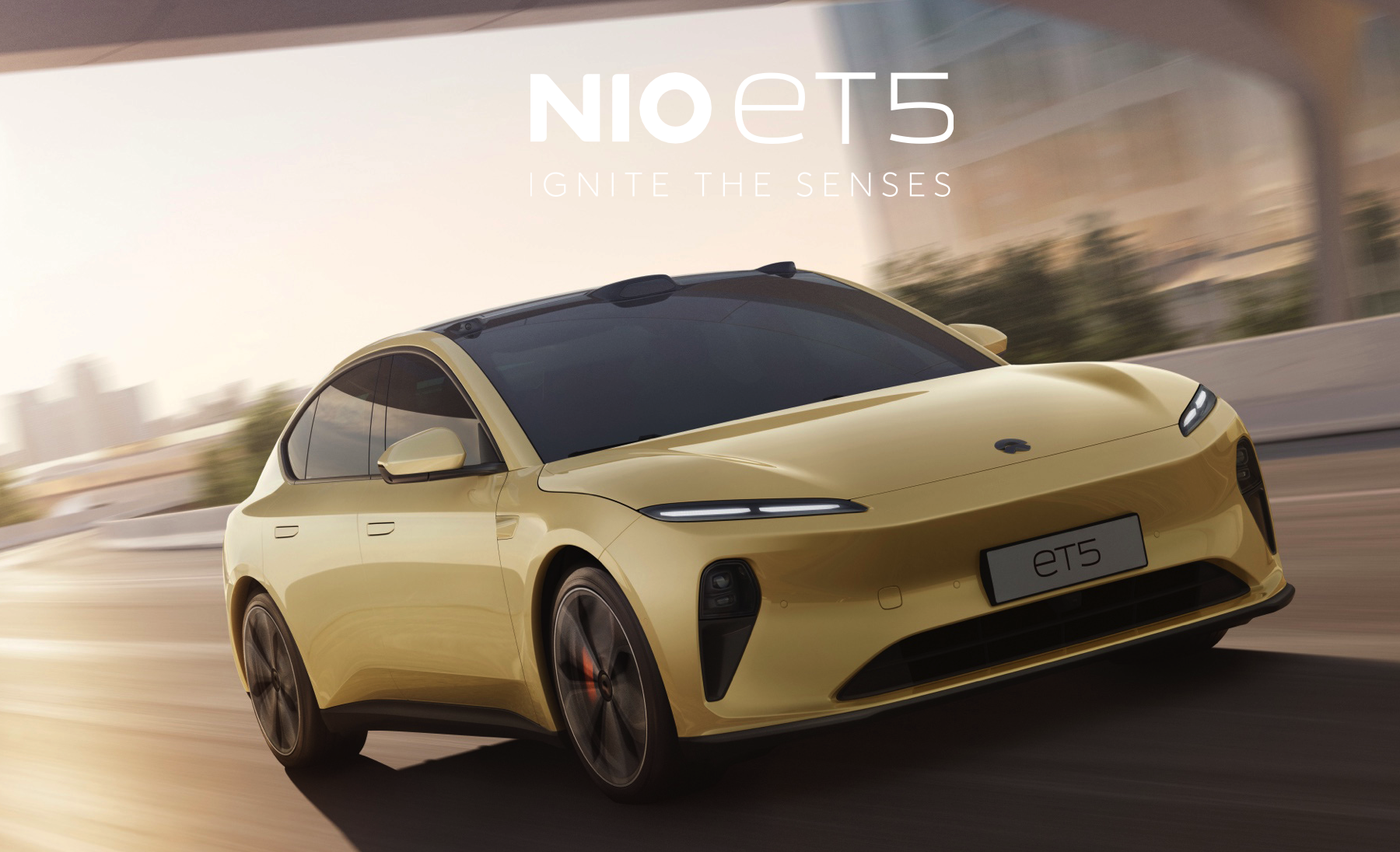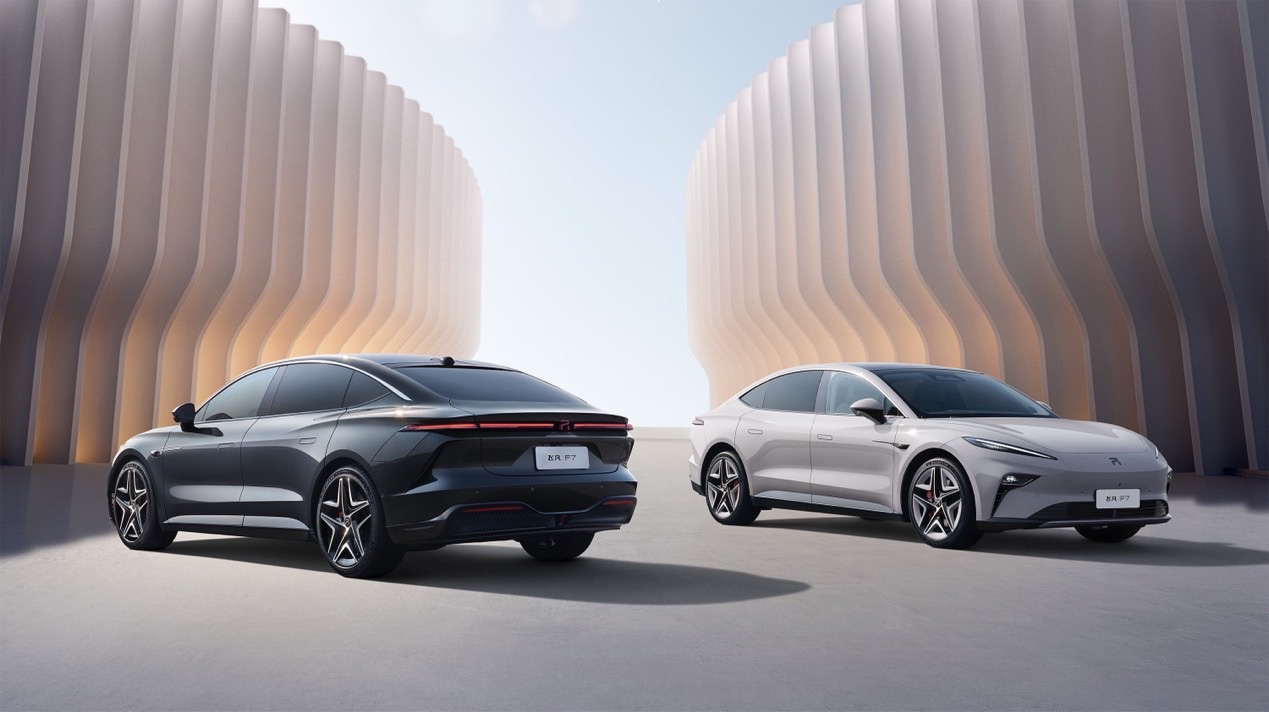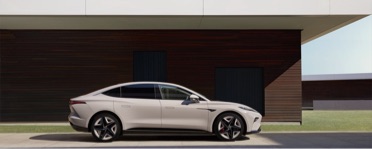Actually, this car is designed with fully-loaded features. It has a 5m length and 3m wheelbase, as well as a 4D imaging radar and a 3+1 entertainment system in the cabin. You can find all these configurations on the parameter page. Although the parameters are optimized, there are still doubts and questions from the public: how is F7’s mechanical capacity? How is the after-sales service of RisingAuto? These are the two biggest concerns.

RisingAuto F7 Wind Resistance 0.206

Zeekr001 Wind Resistance 0.23
After all, the 28-35w price range of RisingAuto F7 is highly competitive. Regarding the mechanical quality, its first competitor is Zeekr001, which is highly praised and known as the king of driving. It claims to have no competitors within 50w price range. However, even the mid-range model of the Me version of Zeekr001 does not have air suspension, so F7 is also clever to avoid competing with the You version of Zeekr001.
Since both cars do not have air suspension, the test will be purely based on the mechanical chassis quality. Let me talk about my expected situation first – Zeekr001 is still ahead in dynamic performance, although F7 with a double wishbone and five-link suspension should not be bad either, and it is positioned in the mid-to-large car market with more comfort. However, here comes the “but” – the energy consumption system of Zeekr001 is notoriously slow, while RisingAuto F7 can make a big difference in energy consumption with a wind resistance coefficient of only 0.206cd. For example, for a mid-sized SUV with a dual motor like R7, I can achieve an energy consumption of 17kWh. It is believed that F7, which has a lower wind resistance coefficient and is equipped with a single motor, will still perform well.

 When facing doubts about after-sales service, the most direct reference is NIO ET5, which is in the same price range as F7. NIO’s service is widely known as a “seafood buffet” in the automotive industry, and it is much better than F7 in both the battery swap system and the scale of terminals. F7 also has a battery swap system, but it is currently lagging behind in scale. Choosing F7 is like buying futures, so prospective car owners should be mentally prepared.
When facing doubts about after-sales service, the most direct reference is NIO ET5, which is in the same price range as F7. NIO’s service is widely known as a “seafood buffet” in the automotive industry, and it is much better than F7 in both the battery swap system and the scale of terminals. F7 also has a battery swap system, but it is currently lagging behind in scale. Choosing F7 is like buying futures, so prospective car owners should be mentally prepared.
That being said, it is important to note that NIO’s service system is built on a higher premium than F7. You can directly pay for NIO’s ready-to-use services or wait for F7 to grow. It’s a personal choice~ Oh, by the way, F7’s size and configuration suppress ET5. If you have a budget of 300,000 RMB and still have space requirements, you cannot consider ET5.
If you still consider F7 as your first choice after reading this, let me tell you what you will get. As usual, I won’t talk about the configuration on paper, but only the most practical aspects: First, F7’s advanced driving assistance system can be ordered for free for life if you place your order now. The driving assistance of ET5 requires a subscription fee each month. Therefore, F7 undoubtedly caters to this demand. Second, the first batch of F7 owners can enjoy free charging and battery swap for life, with an annual limit of 1,500 degrees. Referring to the power consumption of 15-20 kWh, it is practical to run 8,000-10,000 km for free every year.
Finally, I wish prospective F7 car owners success in purchasing their vehicles. Please feel free to exchange ideas in the comment section.~
This article is a translation by ChatGPT of a Chinese report from 42HOW. If you have any questions about it, please email bd@42how.com.
